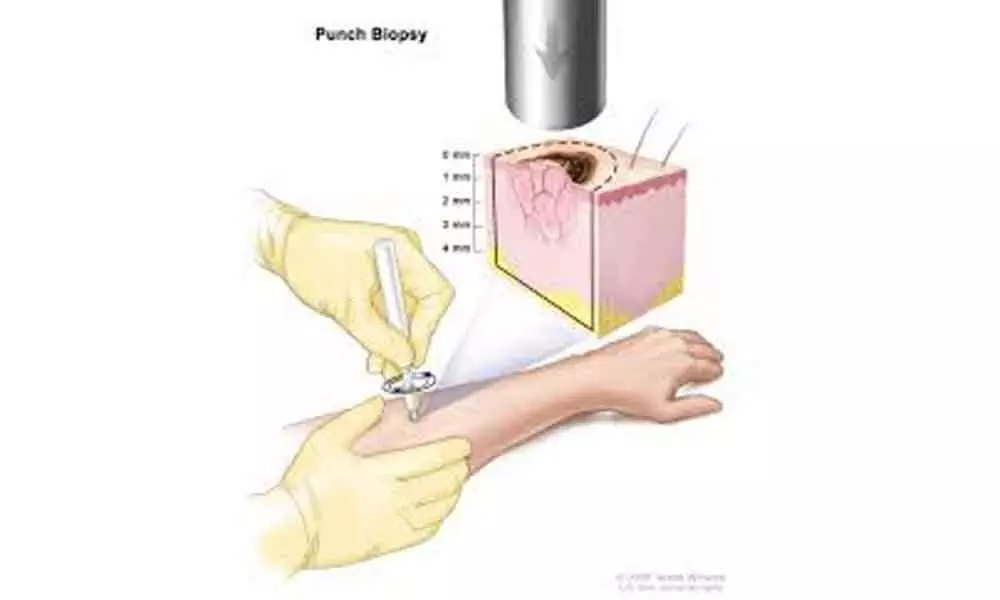Live
- New cruise season opens at NMPA!
- Sikh Community Pays Glorious Tributes to Former Prime Minister Manmohan Singh
- Launch of “Har Din Hai Smarniya” Calendar dedicated to freedom fighters
- Telangana HC extends protection to KTR in Formula E-race case
- Rains in Rajasthan cause dip in temperature, fog hampers visibility
- HC orders Delhi and Centre to enter MoU to implement Ayushman Bharat scheme
- Hon'ble Supreme Court Judge SVN Bhatti Visits Jogulamba Temple.
- Demand to Construct District Court Complex at PJP Camp in Jogulamba Gadwal District
- Gadwal MLA Bandla Krishnamohan Reddy Meets Union Minister Bandi Sanjay to Push for Key Development Projects.
- India's rural consumption rises, gap with urban areas narrows: Survey









